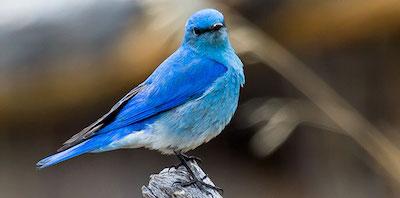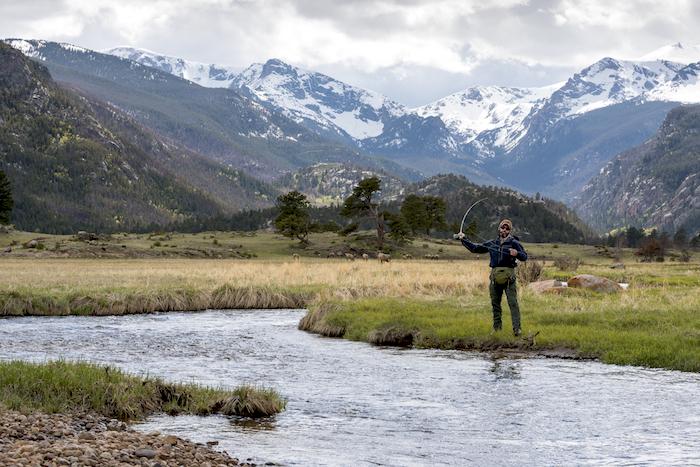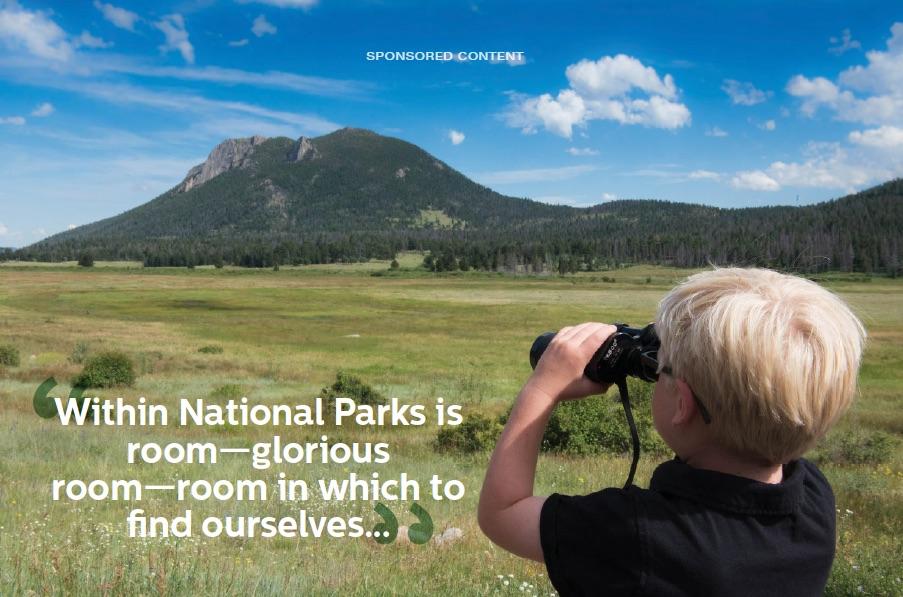Editor's note: The following sponsor-supported content appeared in Traveler's Essential Park Guide, Spring 2016.
Enos Mills learned at a young age how beneficial the outdoors could be. The “father of Rocky Mountain National Park” was just 15 years old in 1885 when he made his first climb to the top of Longs Peak in what later would become the national park.
“The trail compels you to know yourself and to be yourself, and puts you in harmony with the universe,” said Mills, who made roughly 300 treks to the top of Longs Peak. “It makes you glad to be living. It gives health, hope, and courage, and it extends that touch of nature, which tends to make you kind.”
While an estimated 10,000 people a year try to summit the 14,259-foot peak, the 10-15 hour trek is not for everyone. But that’s OK, as there are plenty of other fun, challenging, and relaxing outdoor adventures to put on your to-do list when planning a trip to the national park.
Climbing and Mountaineering
Rocky Mountain National Park has a well-earned reputation with climbers the world over. Longs Peak itself is one of the most-sought goals for climbers aiming to summit all of Colorado’s “14ers.”
If you’re interested in bagging the summit, there are guides authorized by the National Park Service to help you check off that accomplishment. They’ll instruct you not only on the proper gear and how to use it, but also on techniques for moving safely upward toward the summit of your chosen destination. If you’ve already stood atop Longs Peak, or are not quite ready to attempt such a lofty endeavor, there are other climbing programs set against the park’s backdrop. You could sign up for a class on how to carefully navigate through avalanche-prone alpine landscapes, or one to teach you how to work your way up a cliff face.
Guides also offer a variety of courses for beginners and intermediates— where you can learn, or expand, your climbing skills. Or you might forgo extreme exposure and instead choose a mountaineering program in which the guides lead you through the rumpled and rolling backcountry of the park. You can sign up your own group for such instruction, or choose a private one-on-one lesson or climb.
Hiking, Birding and Angling
A Rocky Mountain National Park vacation does not require placing yourself in precarious positions. With more than 350 miles of hiking trails, endless miles of streams, and forests and meadows rife with birds, you can fill your days with more leisurely mountain activities. Join one of the ranger-led treks or birding walks, or plan a guided trek to cover new ground, perfect your form, and improve your hiking pace.

Birders have numerous species, including Mountain Blue Birds, to add to their life lists/NPS
The seemingly endless miles of trails make it easy for you to explore the park’s interior. You might choose a relatively easy amble to Alberta Falls to view the frothy fury of spring runoff, follow the nature trail around Bear Lake, or explore the tundra setting along the roof of the park. And those are just three possibilities that span less than 5 miles combined.
Birders likewise have countless opportunities for adding to their life lists during a park vacation. Rocky Mountain has a list of more than 280 species spotted in the park and surrounding area, including high-mountain species like the regale looking Stellar’s Jay and shimmering Broad-tailed Hummingbird, unusual Three-toed Woodpecker, and Rosy-Finches.
Narrow your search by homing in on specific habitats: into the stands of Ponderosa pines in Upper Beaver Meadow to look for woodpeckers or flickers, onto the tundra through which Trail Ridge Road passes to spot the well-camouflaged Ptarmigan, or perhaps follow the trail to Cub Lake to look for Ring-necked ducks.
Fishing is an age-old pastime. In the park’s waters you might seek trout— brown, brook, rainbow and even the elusive cutthroat. Be sure to pick up a copy of the park’s fishing regulations so you know which park waters are open to fishing and what the daily possession limits are. Most anglers practice catch-andrelease, and this is required in many areas of the park. In Estes Park, you’ll find a variety of instructors and classes to teach you the basics, or to take your skills to new levels, before heading out on your own.
Education and Inspiration
As much as Rocky Mountain National Park surrounds you with nature, it’s an incredible classroom as well. Look to the mountains to appreciate the geologic forces that pushed up the park, to see how glaciers sculpted the landscape, or to marvel at how tenacious some plant species can be in harsh environments.
You can head out into the park yourself with a guidebook as your teacher, or enroll in any number of classes that are offered through organizations such as the Rocky Mountain Conservancy.

Miles and miles of stream await anglers in Rocky Mountain National Park/James Frank
Throughout the year park rangers also offer programs that revolve around Rocky Mountain’s wildlife, wilderness, ecology, and even night skies. Check the park newspaper when you get to Rocky Mountain to find out which programs are scheduled during your stay.
Those with an artistic flare will find inspiration around just about every tree, waterfall, or trail. Local masters instruct plein air painters spending hours capturing the scenery and returning in August to take part in the annual Plein Air Festival. Aspiring photographers can learn to capture the play of light illuminating the peaks at sunrise and sunset or go on a private wildlife photo safari.
Whichever endeavor you choose to enjoy during your stay in Rocky Mountain National Park, odds are by the end of your visit you’ll agree with Enos Mills’ view of national parks.
“Within National Parks is room—glorious room—room in which to find ourselves, in which to think and hope, to dream and plan, to rest and resolve,” he said




Add comment